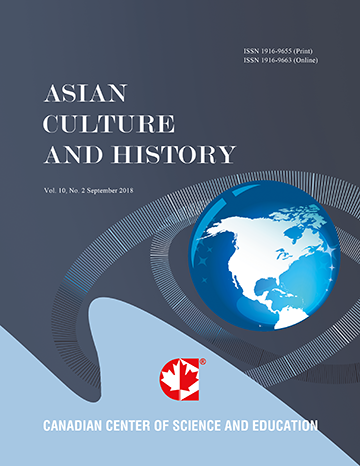The Dàodéjīng: A 2022 Translation
- Shaun C. R. Ramsden
Abstract
This paper is divided into two sections. Section one is a translation of the Dàodéjīng in English. Section two is an in-depth analysis and explanation of the translation of the Dàodéjīng in section one. This paper includes both Chinese versions of the standard Wáng Bì and a reconstructed Mǎwángduī version of the Dàodéjīng with the addition of appropriate commas and full stops. The two key aspects in regard to this paper’s commentary that may be somewhat different to previous works, is that this paper has defined the Dào as that action (or movement) within emptiness that cannot be seen with the naked eye but has brought all life into existence and also maintains it. Therefore, the translation of Lǎozǐ’s cornerstone philosophy could be a play on words, where wúwéi 無為 not only takes wú 無 to mean “no” or “non” but also takes wú to mean “emptiness.” The translation of wúwéi would therefore, also be, “emptiness [in] action,” which refers to the actions that are happening within emptiness which cannot be seen by the naked eye. The second aspect is in relation to dé 德. The English and Confucian meaning of virtue is having high moral standards. Lǎozǐ’s dé appears to have had little to do with morals in the modern sense of the word. From the 5 “virtues” mentioned by Lǎozǐ, we can clearly see that Lǎozǐ’s virtue was based on following the principles of Dào. This paper therefore proposes that the dé can be translated as “quiescence.”
- Full Text:
 PDF
PDF
- DOI:10.5539/ach.v14n2p73
Journal Metrics
Google-based Impact Factor (2017): 5.42
h-index (January 2018): 11
i10-index (January 2018): 21
h5-index (January 2018): 6
h5-median (January 2018): 9
Index
- Academic Journals Database
- CNKI Scholar
- COPAC
- EconPapers
- Elektronische Zeitschriftenbibliothek (EZB)
- Excellence in Research for Australia (ERA)
- Genamics JournalSeek
- Google Scholar
- Infotrieve
- LOCKSS
- MIAR
- NewJour
- Open J-Gate
- PKP Open Archives Harvester
- Publons
- RePEc
- Scilit
- SHERPA/RoMEO
- Standard Periodical Directory
- Technische Informationsbibliothek (TIB)
- The Keepers Registry
- Universe Digital Library
- WorldCat
Contact
- Ivan YongEditorial Assistant
- ach@ccsenet.org
